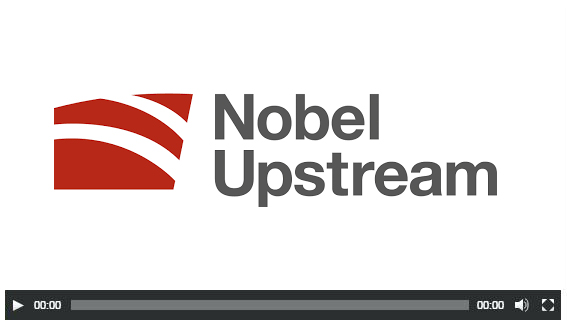Private equity investment has been changing the face of the
investment landscape in the UK’s North
Sea oil and gas industry. As global oil and gas majors begin to look
elsewhere for investment priorities, an increasing number of private equity
buyers are stepping in and looking at new ways to bring developments on stream
or to squeeze more life out of existing oil and gas fields in the region.
More
than $12 billion in private equity investment has flowed into the sector over
the past couple of years, with analysts at the Wood Mackenzie consultancy
forecasting a further $13 billion to be deployed. Global oil and gas
exploration and production company Nobel Upstream has ongoing
interests in the North Sea, with a 7.6 percent stake acquired from Shell in the
Maclure field in 2016, and successful appraisal of the Ballindalloch field
leading to ongoing development and first production from the field in July 2019.
Nobel Upstream also continue to actively pursue new opportunities in the
region, stating that the UK sector still has significant opportunities for
investment.
Oil Price Stabilisation and Tax Incentives
The recent stabilisation in the price of oil has helped to
drive a new wave of private equity investors in the region. As the valuation
gap between buyer investment appetite becomes more closely aligned with seller
expectation, transaction success becomes more assured. Deal structuring
innovations combine with an increased willingness on the part of the vendor to reflect
realistic pricing, making the area more attractive to investors. Tax incentives
introduced since 2015 have also helped to incentivise investors. Following the
Wood Review in 2014, the UK government scrapped the 50 percent Petroleum
Revenue Tax and reduced the Supplementary Charge Tax to 10 percent from 20
percent, in line with the Maximise Economic Recovery (MER) agenda.
 |
Refocus of the Major Companies
The major players in the global oil and gas industry are
increasingly looking to explore and develop new resources of hydrocarbons on a global
scale, rather than squeezing more life out of mature plays such as the UK
Continental Shelf. Pressure to ensure profitability is maintained and
shareholder dividend flow is ensured have led to many of the major companies
implementing aggressive strategies for divestment of non-core portfolio assets.
This portfolio rationalisation, designed to help the major companies cut
operating costs and streamline business operations to improve overall profitability,
means that there are many assets in mature fields, such as the North Sea,
coming up for grabs. Private equity investors, who are better placed to focus
on cost optimisation and incremental recovery, are therefore seeing more and
more opportunities enter the market as the major players focus more on frontier
projects.
Improved Understanding of Private Equity
Oil and Gas UK (OGUK) has contacted leading financial
figures in the North Sea region to acquire a better understanding of private
equity in order to be better able to keep up with the industry. One of the
challenges presented by this “changing of the guard” in terms of financing in
the North Sea is the need for existing companies to educate themselves about
how private equity works. Oil and gas companies are having to learn more about
how private equity-backed companies do business, looking at alternative
financing structures and sources of capital. Financing structures are continuing
to evolve, particularly with regards to decommissioning, so it is essential
that the oil and gas industry has a strong grasp of what this means in terms of
inbound investment.
Learn more about what private equity investment is in the
PDF attachment to this post.










